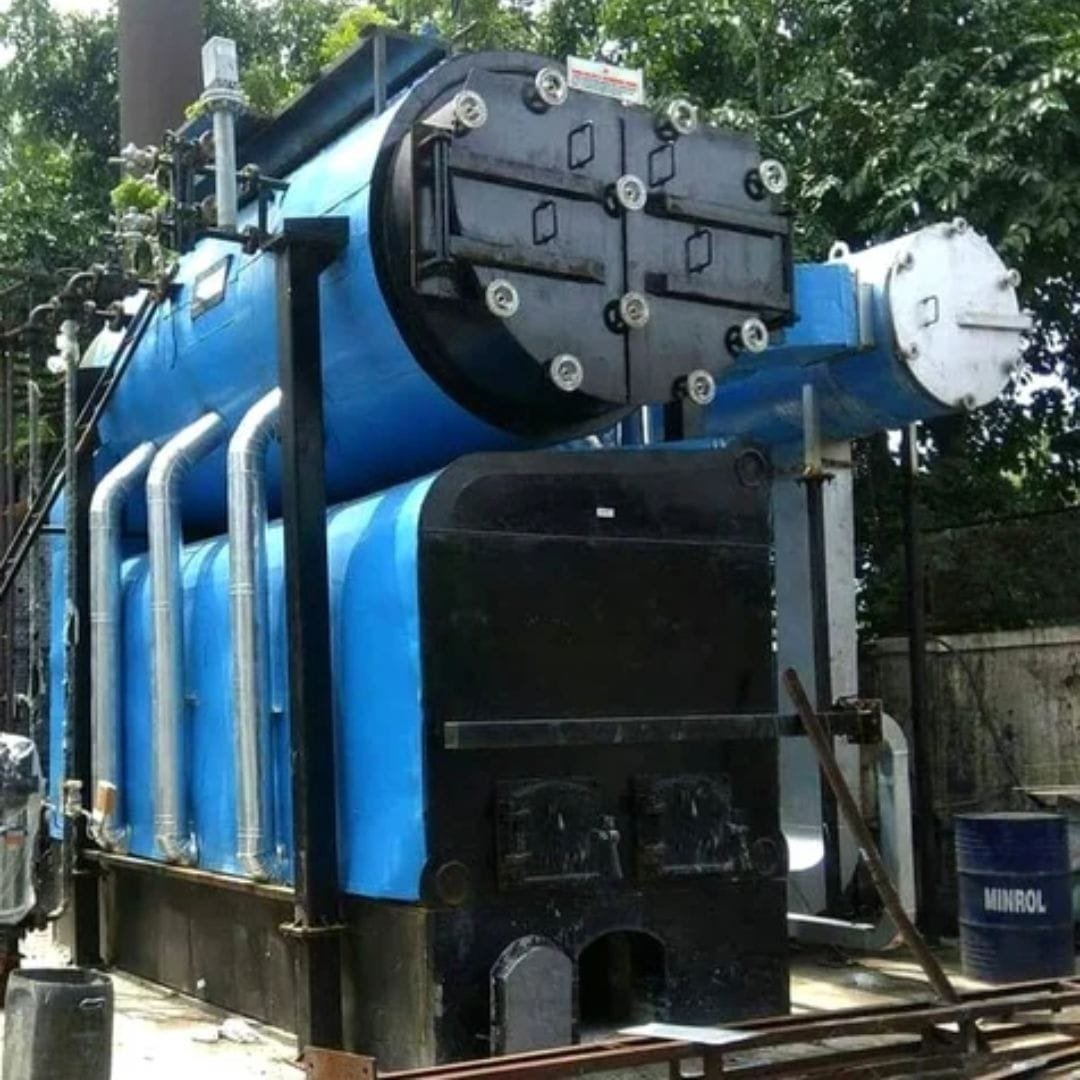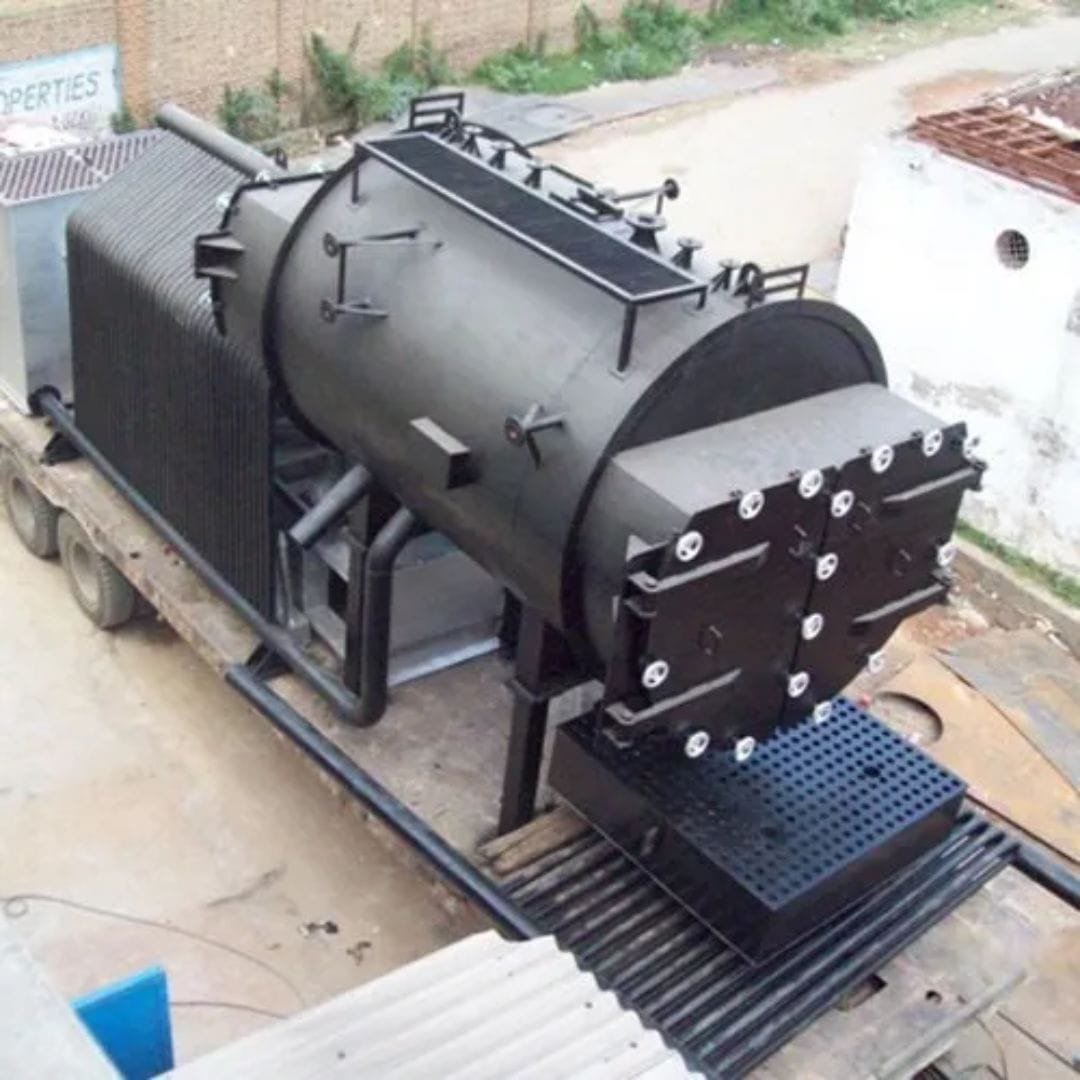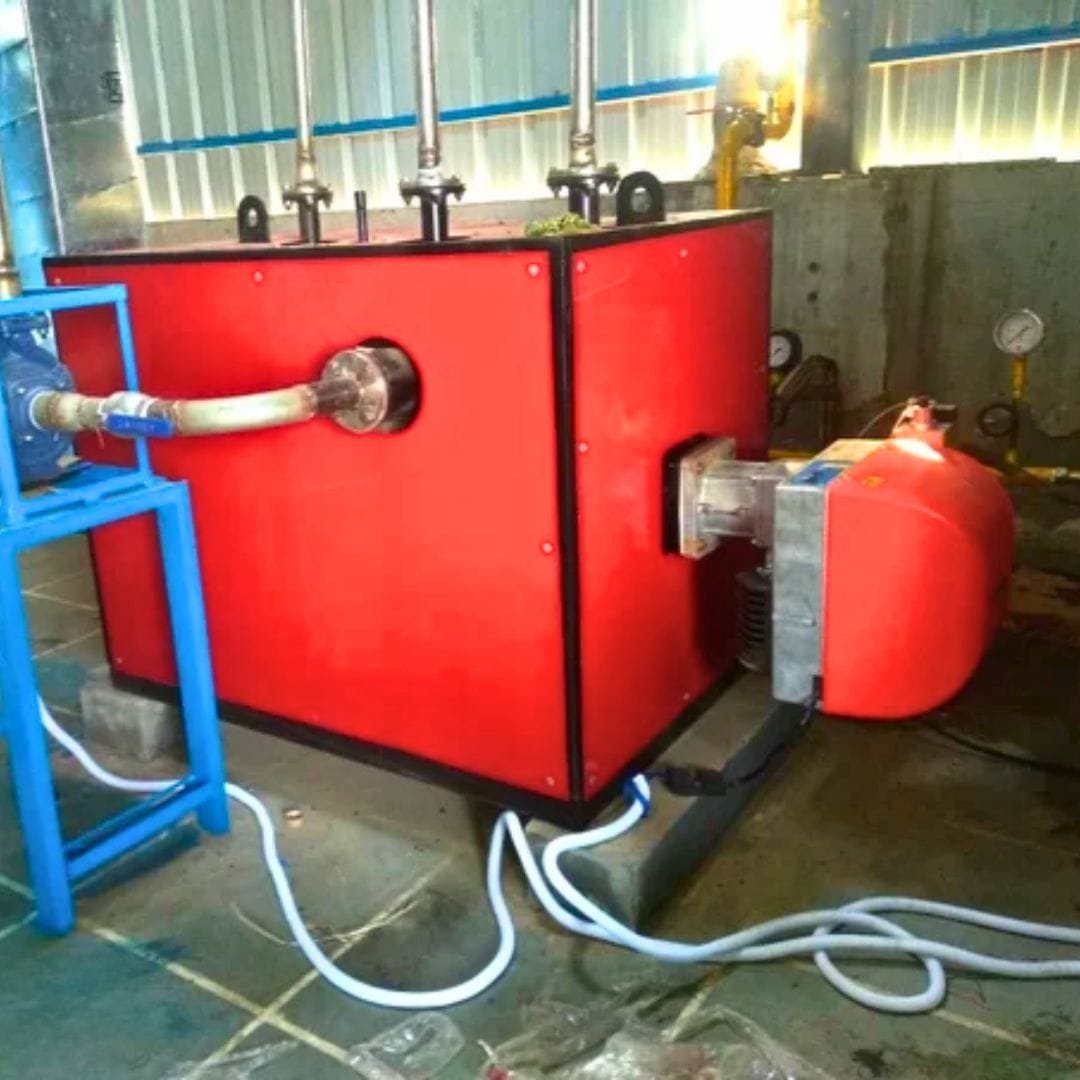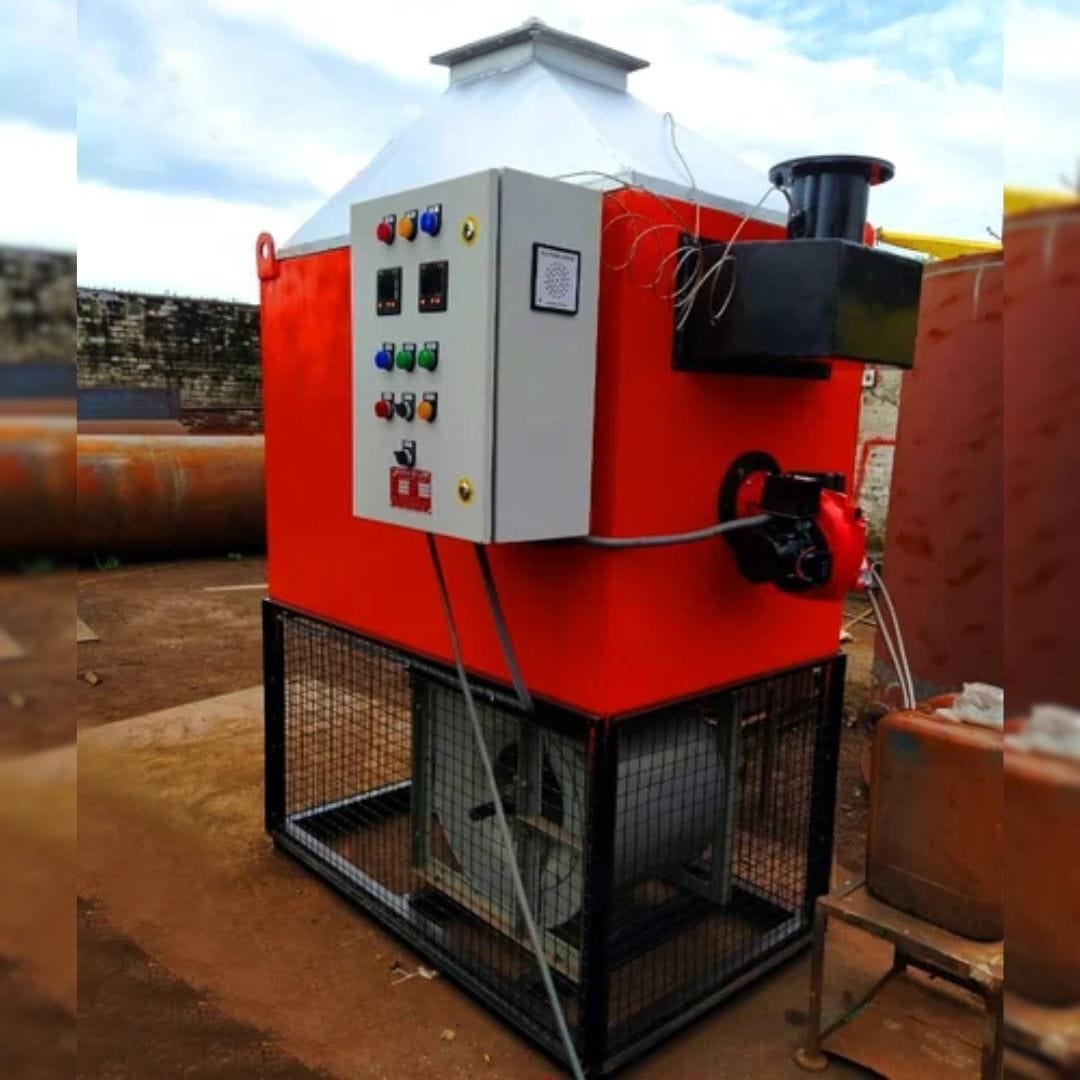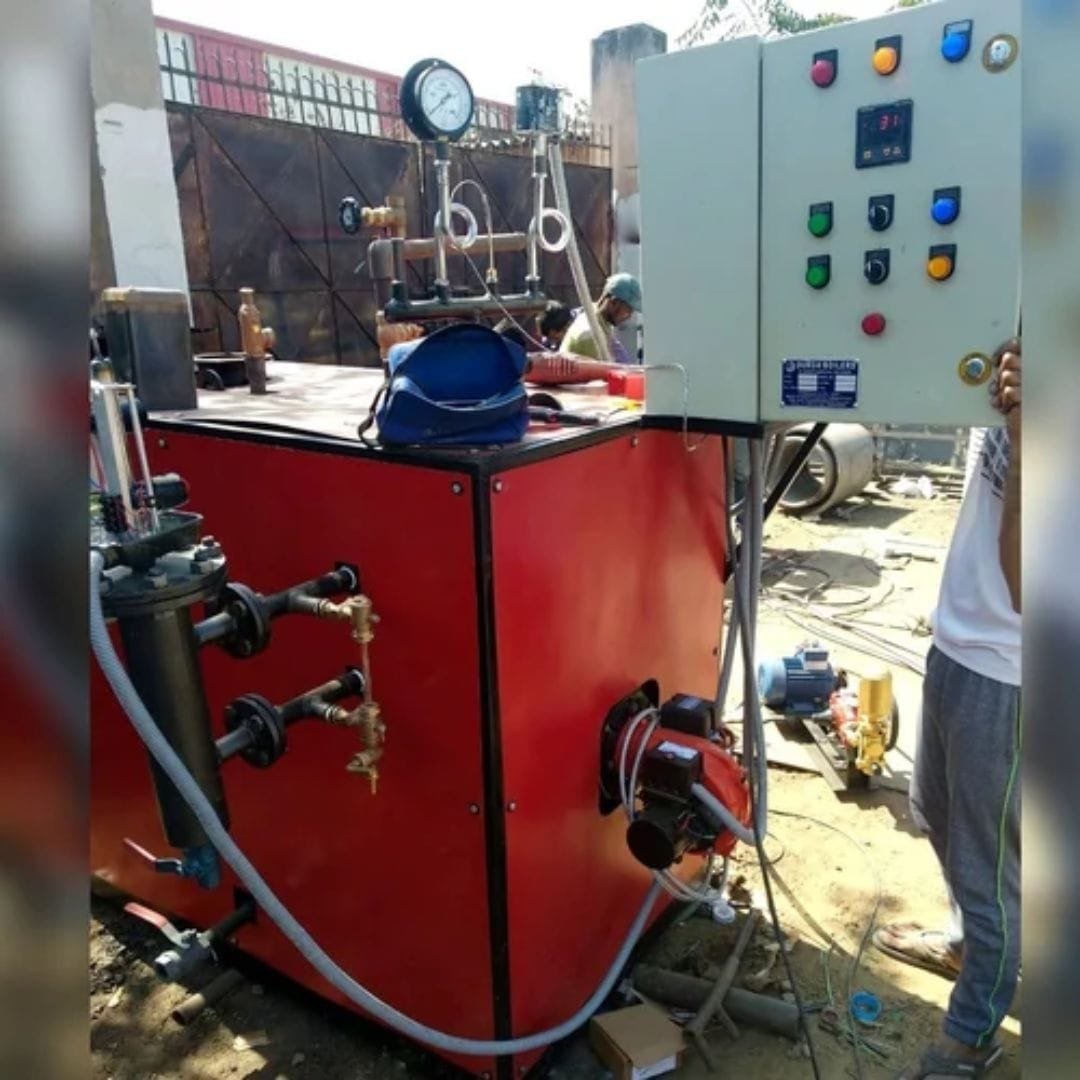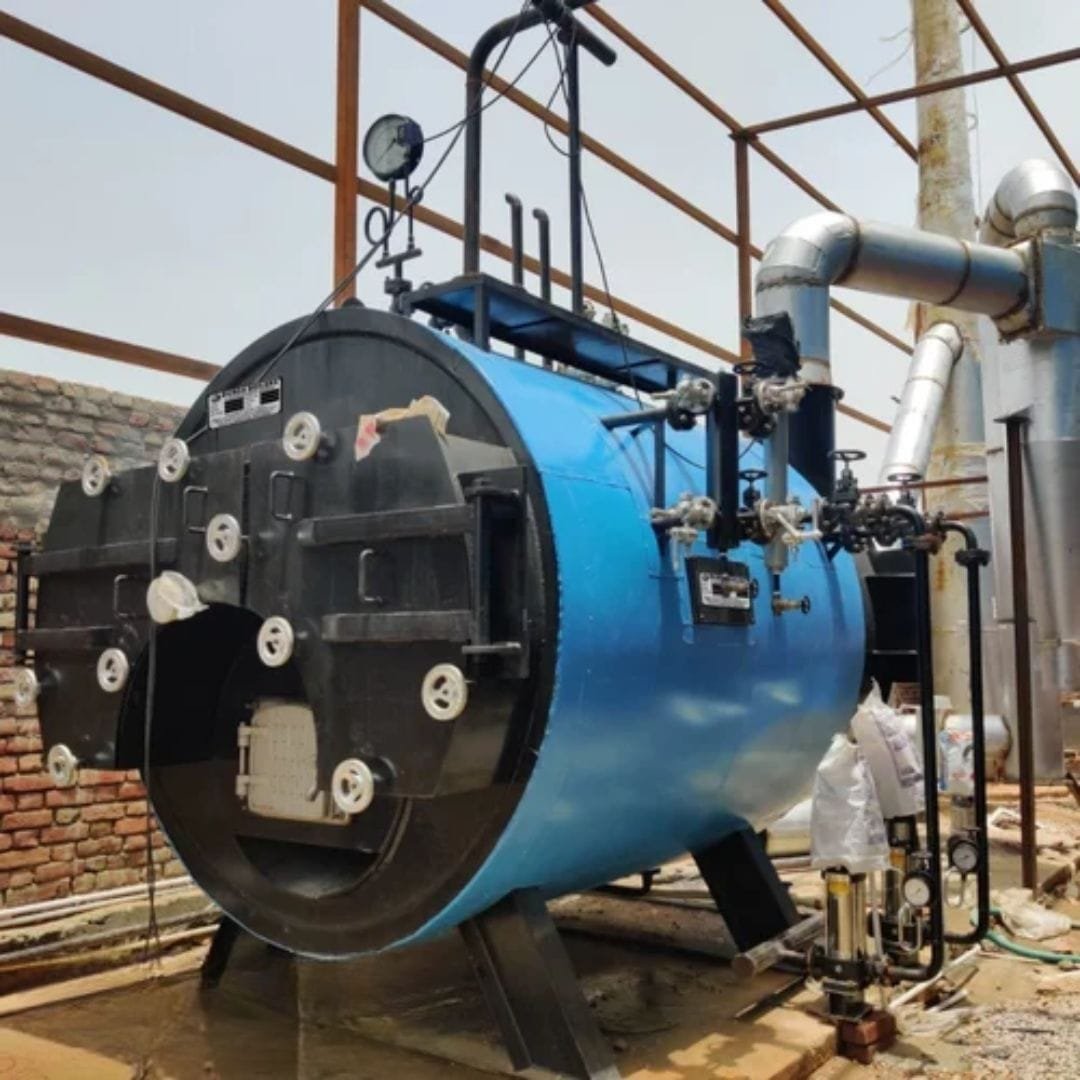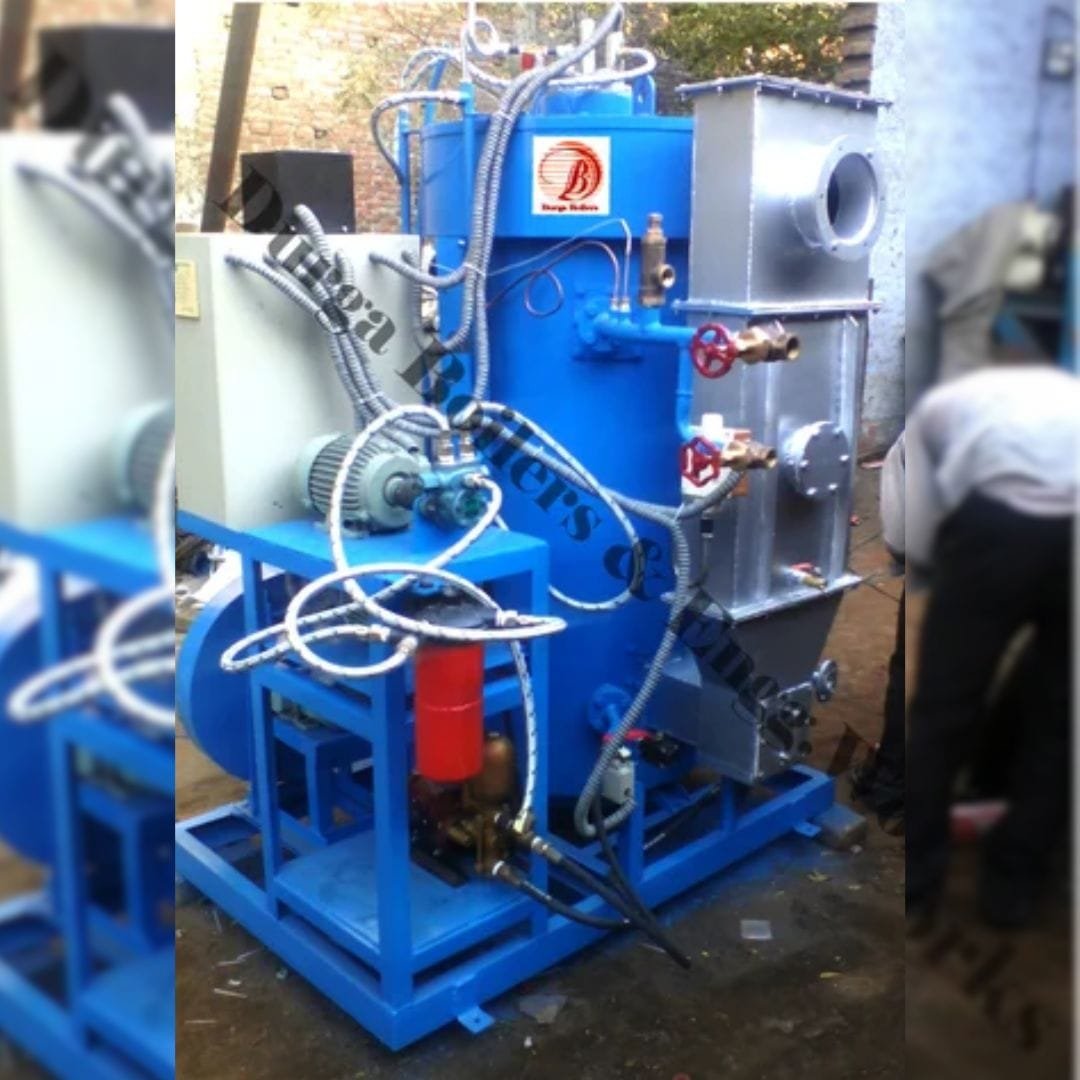Boilers are essential equipment in various fields like industrial, business applications, power plants, and residential heating systems. They are designed to generate steam or hot water for heating, power generation, and process applications. Boilers come in different designs and configurations, depending on their purpose, pressure requirements, and fuel sources. In this blog, we will explore the different types of boilers, their classification, and their specific applications.
Also Read: Steam Power Plant :Exploring the Working Principle, Components, and Diagram
Classification of Boilers
Boilers are classified on various factors like the type of fuel used, method of heat transfer, pressure range, and application. Here are its major classification criteria:
- Based on Working Pressure
Low-Pressure Boilers: Operate at a pressure below 15 psi for steam and below 160 psi for hot water. They are commonly used in residential and commercial heating systems.
High-Pressure Boilers: Operate at pressures above 15 psi and are used in power plants, refineries, and large industrial facilities. - Based on Water and Steam Flow
Fire-Tube Boilers: In these boilers, hot gases pass through tubes, which are surrounded by water. They are suitable for small and medium-sized industrial applications. Examples include:
Cochran Boiler
Lancashire Boiler
Scotch Marine Boiler
Water-Tube Boilers: Water circulates through tubes while hot gases surround them. They are commonly used in high-pressure applications such as power plants. Examples include:
Babcock and Wilcox Boiler
Stirling Boiler
LaMont Boiler - Based on Fuel Used
Coal-Fired Boilers: Use coal as the primary fuel source and are common in power plants.
Oil-Fired Boilers: Utilize diesel, kerosene, or heavy fuel oil.
Gas-Fired Boilers: Operate using natural gas or propane, making them efficient and environmentally friendly.
Biomass Boilers: Use renewable sources such as wood chips, agricultural waste, and pellets.
Electric Boilers: Use electricity to generate heat, commonly found in residential and commercial settings. - Based on the Method of Circulation
Natural Circulation Boilers: Depend on the difference in density between hot and cold water for circulation.
Forced Circulation Boilers: Utilize pumps to maintain water circulation. - Based on Application
Stationary Boilers: Installed permanently in power plants, industries, or commercial facilities.
Mobile Boilers: Transportable and used in temporary installations, such as construction sites and emergency power supply units.
Type Of Boiler Classification Diagram

Types of Boilers
- Fire-Tube Boilers
These boilers are widely used in small industrial applications and heating systems due to their simple design and ease of maintenance.
Features of Fire Tube Boiler
Lower cost and compact size
Suitable for low to medium-pressure applications
Limited steam generation capacity
Their Applications
Heating buildings and institutions
Small-scale industrial processing
Food and beverage industry - Water-Tube Boilers
These boilers are commonly used in power plants and large industrial applications where high steam generation is required.
Features of Water-Tube Boilers
Higher efficiency and steam generation capacity
Can handle high-pressure operations
Requires more maintenance and initial investment
Their Applications:
Power generation plants
Chemical and pharmaceutical industries
Large-scale manufacturing units - Packaged Boilers
Packaged boilers are factory-assembled units, making them easy to install and transport. These are commonly used in industries with limited space.
Features of Packaged Boilers
Pre-assembled for quick installation
Compact and space-saving design
Operate efficiently with various fuels
Their Applications:
Textile industry
Food processing plants
Hospitals and hotels - Fluidized Bed Combustion (FBC) Boilers
FBC boilers use a bed of solid particles for efficient combustion, reducing emissions and fuel consumption.
Features:
High combustion efficiency
Suitable for burning low-grade fuels
Lower environmental impact
Applications:
Power generation plants
Cement and paper industries
Waste-to-energy plants - Waste Heat Recovery Boilers
These boilers utilize waste heat from industrial processes to generate steam or hot water, improving overall energy efficiency.
Features:
Reduces fuel consumption
Lowers greenhouse gas emissions
Customizable design based on application
Applications:
Steel and metal industries
Chemical processing plants
Oil refineries - Electric Boilers
Electric boilers use electrical energy to generate heat, making them an environmentally friendly option for steam and hot water generation.
Key Features:
No emissions, making them eco-friendly
Silent operation and easy maintenance
Higher operating costs due to electricity pricing
Applications:
Residential and commercial buildings
Laboratories and research facilities
Small-scale industries - Pulverized Coal Boilers
These boilers use finely ground coal particles for efficient combustion, commonly found in large power plants.
Key Features:
High combustion efficiency
Suitable for large-scale applications
Requires complex fuel handling systems
Applications:
Power generation
Heavy industrial manufacturing
Petrochemical refineries
Chart of Types of Boilers

Types of Steam Boilers
A steam boiler is a closed vessel in which water is heated by fuel combustion or electricity to produce steam. The generated steam is used for various industrial processes, heating, or power generation. Steam boilers come in different types, such as fire-tube and water-tube boilers, based on their internal structure. They are widely used in industries like manufacturing, power plants, and refineries to provide energy for machinery, heating systems, and turbines. Proper maintenance and monitoring are essential to ensure safety and efficiency. The basic Type of boiler, it needs a heat source and a heat exchanger /heat transfer medium allowing water to be heated more than its boiling point.

Choose Best Boilers in India
If you are searching for a steam boiler manufacturer in India, then Durga Boilers is the best choice for you. We have been working as the best steam boiler manufacturers, suppliers in India. With 9+ years of experience in this field with the help of skilled engineers. Durga Boilers & Engineering Works is the best steam boiler manufacturer in India.
Boilers are crucial in various industries, providing steam and hot water for heating, power generation, and manufacturing processes. Understanding the different types and classifications of boilers helps industries make informed decisions based on efficiency, fuel type, and application needs. Durga Boilers offers a wide range of high-quality boilers designed to meet diverse industrial requirements. Whether you need a fire-tube boiler for heating or a high-pressure water-tube boiler for power generation, choosing the right boiler ensures optimal performance, cost savings, and environmental compliance.





